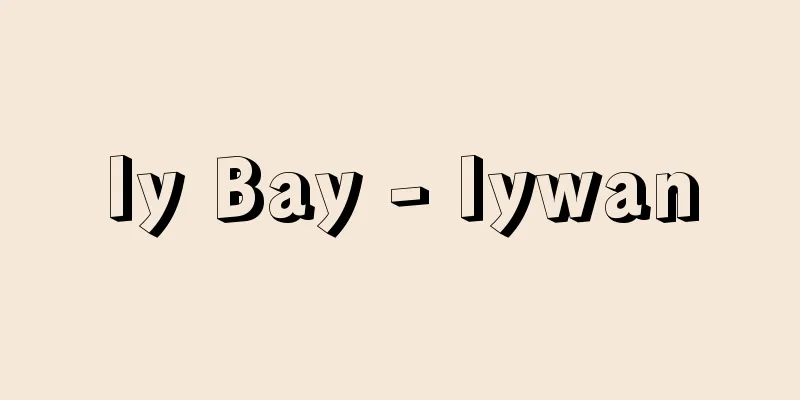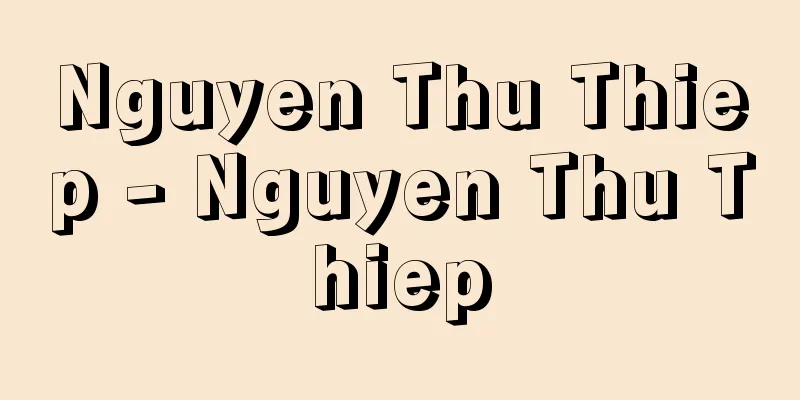Coda - Coda (English spelling) Italian

|
A musical term. A section added to the end of a piece, meaning "tail." It can be translated as a conclusion or coda. For example, in a fugue, it is placed after the final full entry of the theme, and in a classical dance, it is placed after the repetition of the main section, and it is extremely diverse in terms of length and material. The coda in sonata form that follows the recapitulation became a long section with a material connection to the piece, especially after Beethoven (for example, 141 bars in the first movement of Beethoven's Eroica Symphony), and gained importance. In addition, a relatively small coda in a piece, especially in fugue and sonata form, is sometimes called a codetta. [Mariko Teramoto] Source: Shogakukan Encyclopedia Nipponica About Encyclopedia Nipponica Information | Legend |
|
音楽用語。「尾」の意味で、楽曲の最後に加えられた部分。終結部、結尾部などと訳される。たとえば、フーガでは主題の最後の完全な入りのあと、古典派の舞曲では主要部分の繰り返しのあとに置かれるもので、長さや素材に関してはきわめて多様である。再現部のあとに続くソナタ形式のコーダは、とくにベートーベン以後、楽曲と素材的関連をもつ長大な部分になり(たとえばベートーベンの『英雄交響曲』第1楽章では141小節)、重要性を獲得した。なお、とくにフーガおよびソナタ形式の場合、楽曲中の比較的小規模な結尾部をコデッタcodettaとよぶこともある。 [寺本まり子] 出典 小学館 日本大百科全書(ニッポニカ)日本大百科全書(ニッポニカ)について 情報 | 凡例 |
<<: Gotha - Gotha (English spelling)
>>: Coater (English name) Kota
Recommend
One-sheet hyperboloid - one-sheet hyperboloid
A surface represented by the formula: A plane incl...
loudness
...If monophonic intelligibility is around 80%, s...
Alkaline foods
This refers to foods that contain more alkaline-f...
Karagöz (English spelling)
A Turkish shadow play that was introduced from Egy...
Thunder Bay
A typical port city on the northwestern shore of L...
Ou Mountains - Ou Sanmyaku
A mountain range that runs north to south through...
Bodenheimer, MI (English spelling) BodenheimerMI
On the one hand, it was a legitimate child of 19t...
Modern dance
A style of dance that was born out of a completely...
Crown of Thrones - Epilepsy
〘Noun〙 (also " tengan")① A ceremonial cr...
Ukha (Russia)
A Russian dish, fish soup. Source : Kodansha Dicti...
Sensitometry
…To determine the sensitivity of a photographic m...
Total oxygen demand
...abbreviation of biochemical oxygen demand), to...
Amacha (sweet tea) - Amacha (English spelling) Hydrangea macrophylla var. thunbergii
A deciduous shrub of the Saxifragaceae family, it ...
Stress drop - stress drop
… M 0 is called the seismic moment, and is the mo...
Gusdorf, George
Born: April 10, 1912, Bordeaux [Died]2000.10.17. F...









